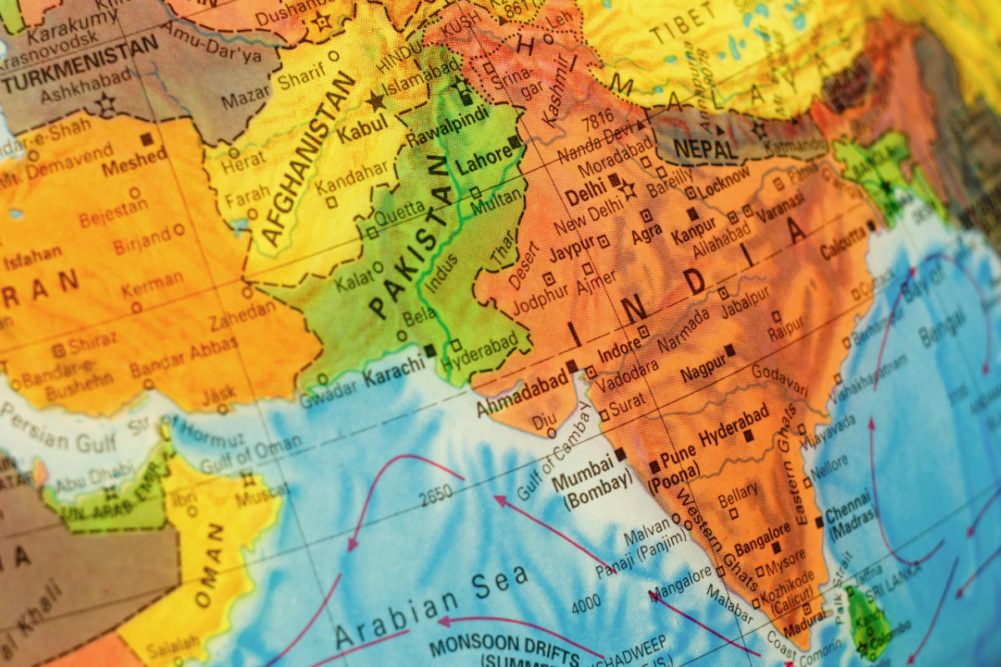KANSAS CITY, MISSOURI, US – After 60 years of operating in a planned economy, India’s agricultural sector is changing course. Last fall, after contentious debate, India’s parliament passed three laws designed to liberalize sales of agricultural products and pave the way for the country to become a powerhouse exporter.
Advocates of the new free market system say allowing the private sector to play a bigger role will spur land consolidation and investment in mechanization, as well as generate economies of scale that will greatly enhance productivity. Instead of selling their crops to the government at a minimum support price (MSP) in local, state-regulated markets, farmers can sell their harvest via contracts nationally to a much wider range of private actors. The government contends this will increase farmers’ incomes and lower food prices. While free markets generally function better than government-controlled economies, there are legitimate concerns that the situation for India’s smallholder farmers will go from bad to worse. More than 80% of ag producers in India are categorized as smallholder farmers and the livelihoods of nearly 60% of the country’s 1.36 billion people are tied to agriculture. Those are jaw-dropping numbers in this increasingly high-tech, urbanized world. In most developed countries agriculture comprises less than 5% of the labor force. In China and Indonesia, two developing countries often compared with India, the percentages are 27% and 32%, respectively.
Under the planned economic system that has been in place since the Green Revolution of the 1960s, the government purchases crops — mostly wheat and rice — at an MSP, stores them in government-operated warehouses, and distributes them at a subsidized price. Initially, the strategy helped India free itself of dependence on foreign food aid and become self-sufficient in grain. But it has increasingly encouraged overproduction and poor agronomic practices. Perennially ranked No. 2 in wheat and rice production, India is anticipating record output in both crops this year. Unfortunately, a significant amount ends up rotting in government warehouses.
It is also worth noting that rice and wheat combine for 70% of the world’s total water usage on crops. With 20% of the world’s population, India has only 4% of the world’s water, but the country is the largest extractor of groundwater, with 90% used for agriculture. A 2017 study predicted that Punjab, the nation’s largest grain-producing region, would exhaust its groundwater supply by 2039.
It’s not that India’s farmers have been happy with the MSP system, which only impacts a limited number of farmers since wheat and rice are the only crops the government buys in sufficiently large quantities. But they fear a free-market approach will allow large corporations to gain more control over production and make it impossible for them to compete. So the choice is to proceed with the free-market reforms, which can create a more vibrant sector and increase India’s potential as an exporter but also may strip millions of farmers of their livelihoods, or capitulate to the protesting farmers and keep some form of the planned system, which has left most farmers at or below the poverty line and encourages overproduction of crops that are taxing the country’s soil quality and water supply. Either way, there will be painful consequences.




